Equipment
A Bouncing Idea: The Story of the Sand Wedge
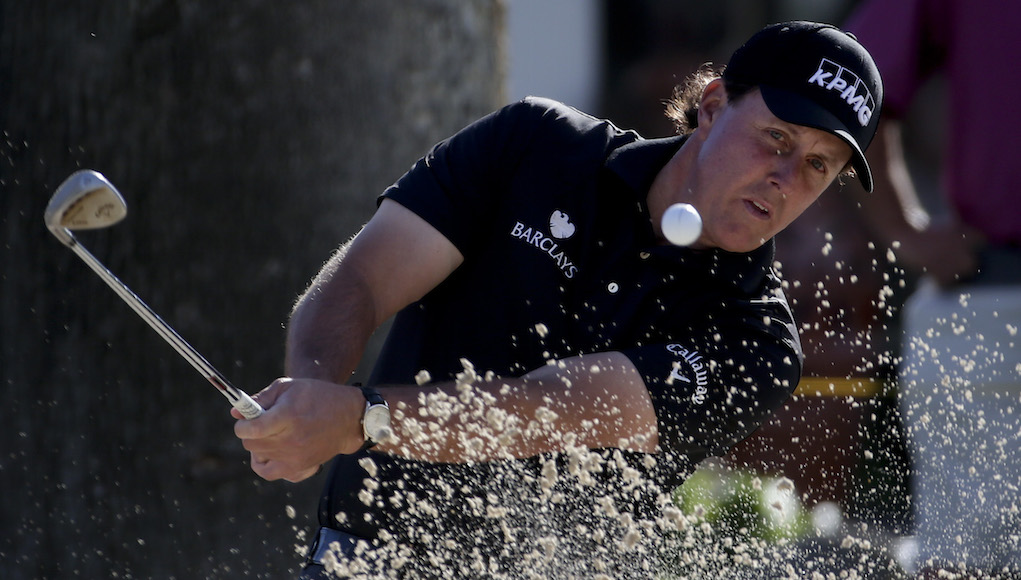
If you’re like me, it’s painful to watch the golf ball tumble into a bunker, or as you Americans like to call them, “traps.” Fear and trepidation soon follow while surveying the next shot from the sandy grave.
We watch in awe as professionals effortlessly splash their escapes exquisitely up to the hole. With endless hours to practice and a technique honed to perfection, these guys make it look easy. In fact, they sometimes prefer sand to greenside rough. The average weekend warrior has a much bigger fear factor and is less concerned in leaving the ball beside the hole as he is in not leaving the ball in the bunker. And the anguish of today’s golfer is only heightened as he sees the ball in anything but a perfect lie on the beach.
Compared to the early days of golf, however, bunker play is relatively easy.
Back in the dark ages when golf was invented, the landscape was not as refined as we know it these days. Golfers had to put up with all sorts of interesting lies including cart paths, (made by horse and carts, not the tarmac cart paths we know of today), ruts, hoof prints and cow pats. In those days, golfers used all sorts of designs to extricate themselves from hazards including the “water iron,” which was used from casual water. Back then, you played the ball as it lay no matter what!
The bunker itself came from our golfing forefathers in Scotland. The first golf courses were built on sand-based links land, and pits appeared that they called “bunkers.” And merely getting the ball out of a bunker was an issue. They were really a hazard and golfers accepted them as a punishment. They were unkempt, were full of stones, shells, weeds, and rocks and didn’t have rakes. They looked like they had been fashioned by men drinking whisky, which was probably not far from the truth. Indeed in early exhibition games, the crowds used to stand in the bunkers to get a better view of matches.
Prior to the 1930s, the best club for short approach shots was the niblick, roughly equivalent to today’s 9-iron or pitching wedge. The design of this club, however, featured a flat, angled face and virtually no sole, making it difficult to use in sand and other soft lies as it was prone to digging into the ground. Players had to pick the ball cleanly off the sand, which required a good lie. The other alternative for bunkers was the jigger; it was similar to a chipper with a short shaft, but little loft. Less loft prevented the club from digging in too much on soft lies, but the compromise was the low launch angle and it was useless at moving through the sand to dig out a buried ball. The club was also not ideal for approach shots from a greenside bunker, as a chip shot made with this club tended to roll for most of its distance. The club designers in those days were often blacksmiths who offered up all sorts of strange solutions to the bunker dilemma. The rake iron (pictured above) was invented by a Scottish optometrist who became fed up of having to remove sand from the eyes of golfers playing at the local links, and created a club designed to cast up less sand when swung.
The governing bodies soon began to clamp down on design and banned many offerings. Spoon clubs offered varying degrees of loft and allowed players to scoop their ball out of sand traps and deep rough. Some had bowl faces, others featured deeply grooved faces, but not all of these designs conformed. Walter Hagen was using a lethal-looking sand wedge in the late 1920s, with a hickory shaft and a smooth concave face with a lot of loft and about a half pound of weight in the flange. This was deemed illegal and soon became outlawed.
It is widely acknowledged that the biggest breakthrough in sand play appeared in the 1930s, and many connect Gene Sarazen with the design of today’s modern sand wedge. The story goes that he dreamed this club up after flying with Howard Hughes, the aviation tycoon, movie producer and scratch golfer. When Hughes’s plane took off, the flaps on the wings came down. We don’t know if alcohol or narcotics were consumed at the time, but Sarazen made a connection between the flaps and the flange you could add to a club that would allow it to slide through the sand and help the ball pop up.
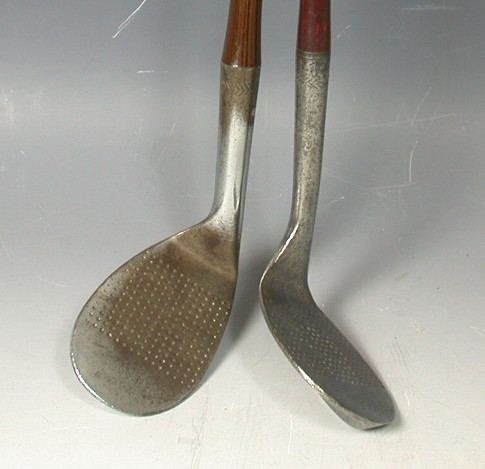
Early Wilson sand wedges.
Sarazen experimented by soldering flanges to his niblicks, which were similar to a modern pitching wedge. Another modification that he made was to add extra lead to the front edge of the club face, allowing it to cut through the sand more smoothly. He sent the clubs to Wilson, and the company used those prototypes to come up with its first sand wedge in the early 1930s with a steel shaft, dot markings on the club face and the amount of flange that is still widely used today. After he won the 1932 British and U.S. Opens with the help of his new club, its popularity quickly grew. Almost 85 years later the club has hardly changed, and you’ll still see Wilson R-20 and R-90 wedges in the bags of golfers today.
Sarazen was also a pioneer of the explosion shot. Up to then golfers tried to pick the ball clean out. By hitting in behind the ball and using the bounce of the club, the sand shot suddenly became more consistent. Of course, Sarazen downplayed it, saying it was the game’s easiest shot because the club face never touches the ball.
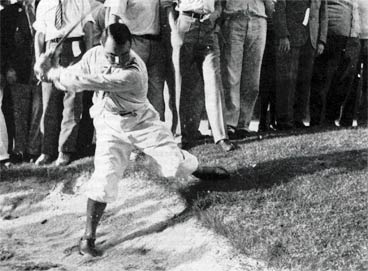
Gene Sarazen hitting a bunker shot.
Today, we are a lot more educated than ever on the design aspects of the sand wedge from the grooves and loft to the bounce. We have so many grind options these days with laser-engraved grooves machined to tolerances previously unachievable. Dave Pelz, Roger Cleveland, Bob Vokey and others are now celebrities of the short game, an industry within the game. The gap and lob wedges were natural additions, driven by marketing demands to sell more clubs, but in truth the basic concepts have only changed marginally. More loft seems to be the current trend, and it’s interesting to see 58-64 degrees as the new norm. I stop at 60, as I have this recurring nightmare of a ball coming straight up and hitting me in the face, but that’s another story
So the next time you find yourself on the beach, think bounce, knock it out and tip your hat to Eugenio Saraceni.
- LIKE142
- LEGIT8
- WOW6
- LOL4
- IDHT2
- FLOP1
- OB0
- SHANK4
Whats in the Bag
Steve Stricker WITB 2024 (April)
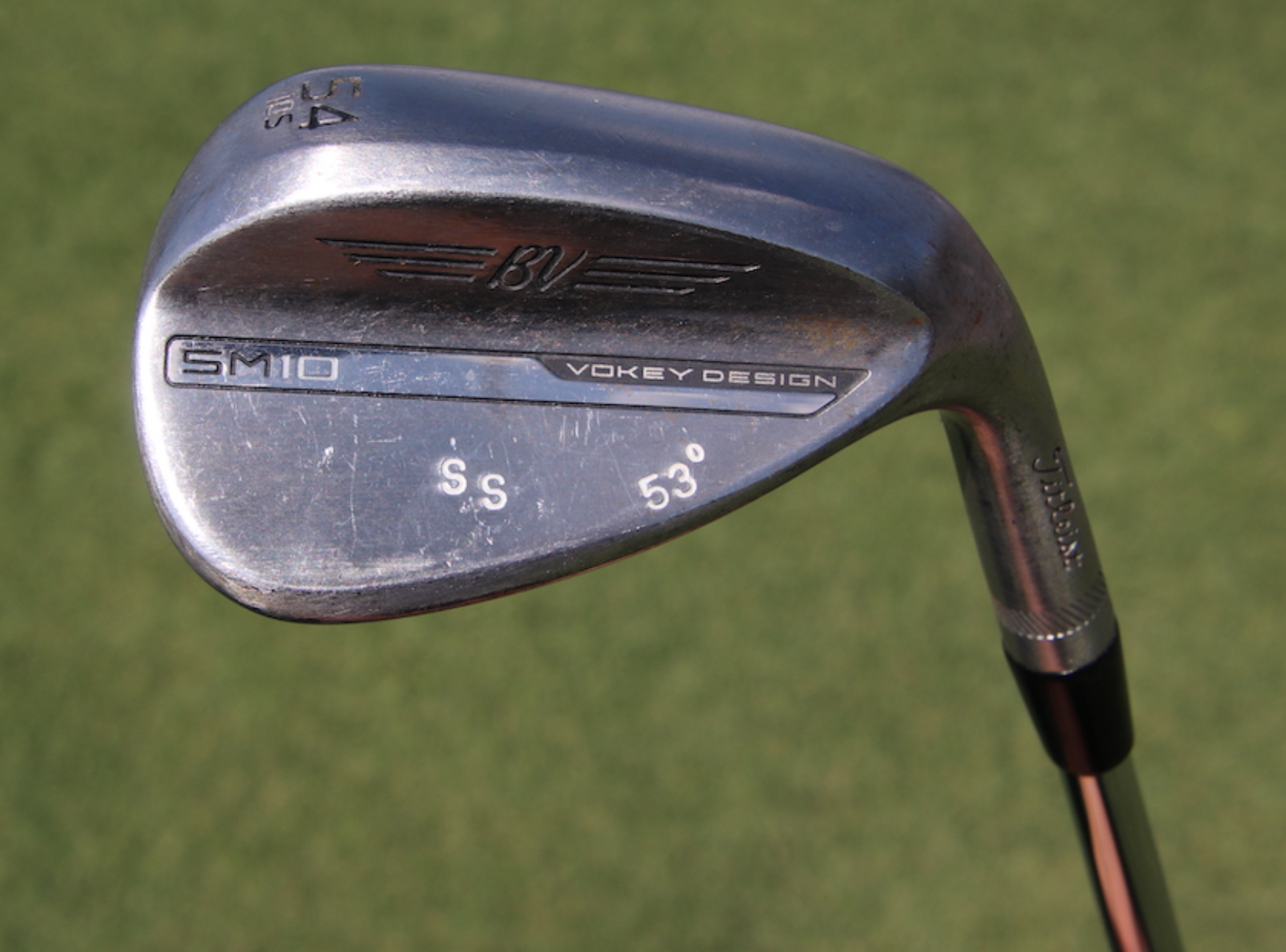
- Steve Stricker WITB accurate as of the Zurich Classic. More photos from the event here.
Driver: Titleist TSR3 (9 degrees, C4 SureFit setting)
Shaft: Fujikura Motore Speeder VC 7.2 X
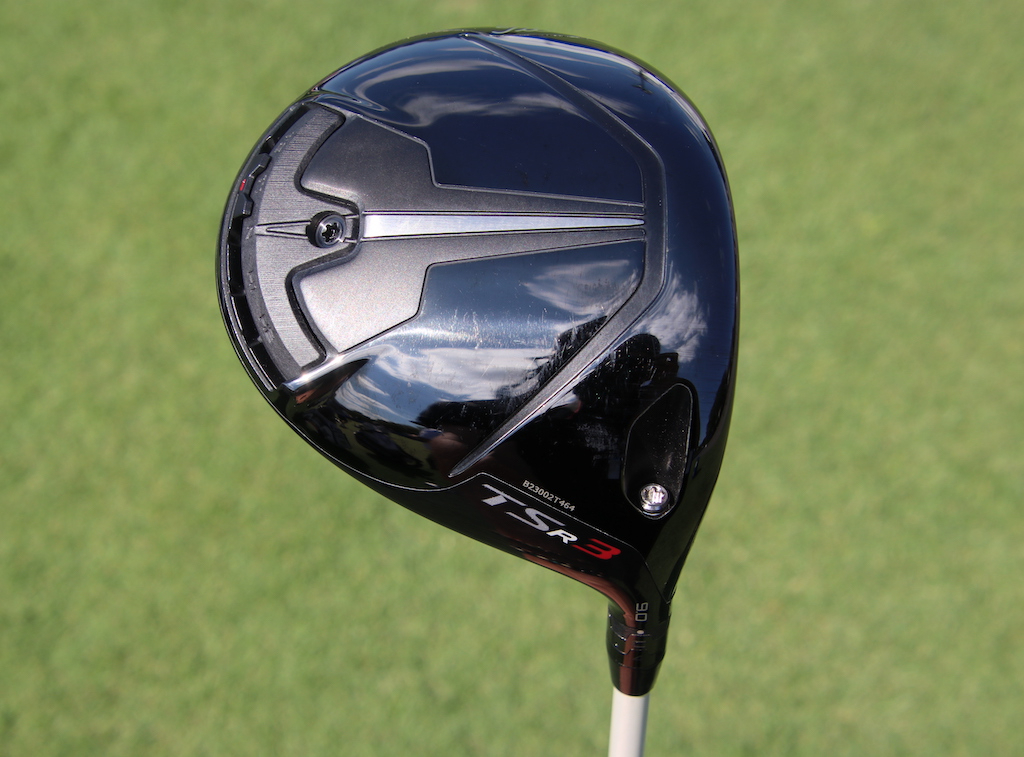

3-wood: Titleist 915F (13.5 degrees)
Shaft: Mitsubishi Tensei CK Pro White 80 TX
Hybrid: Titleist 816 H1 (17 degrees)
Shaft: Fujikura Motore Speeder VC 9.2 X
Irons: Titleist T200 (3, 4), Titleist T100 (5-9)
Shafts: Project X 6.5
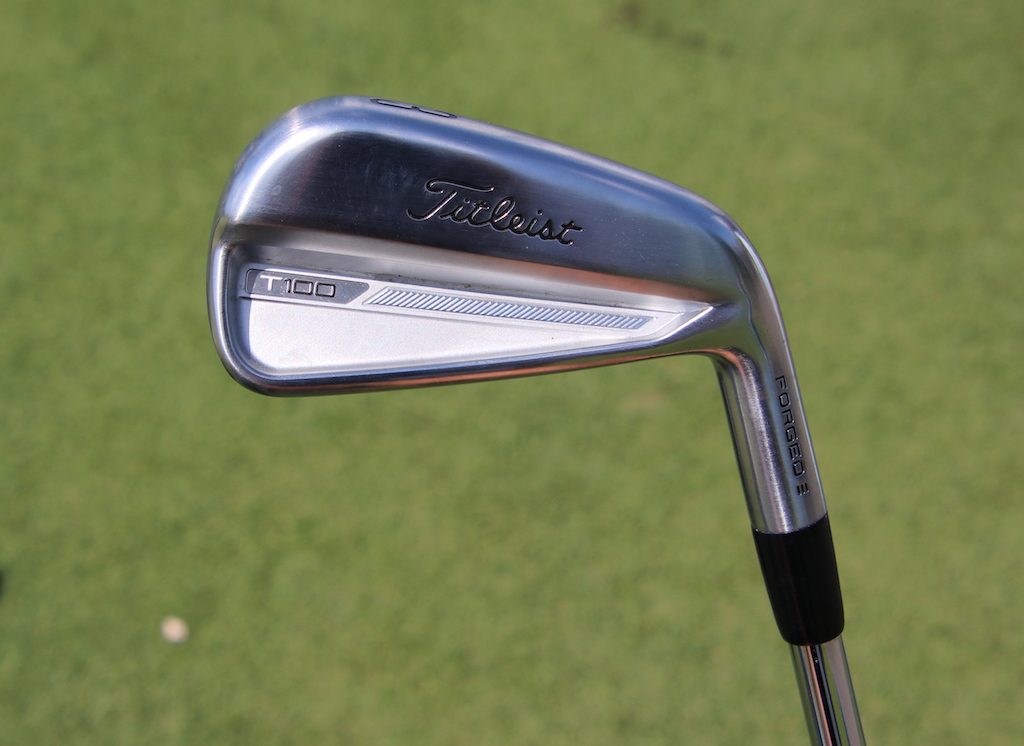
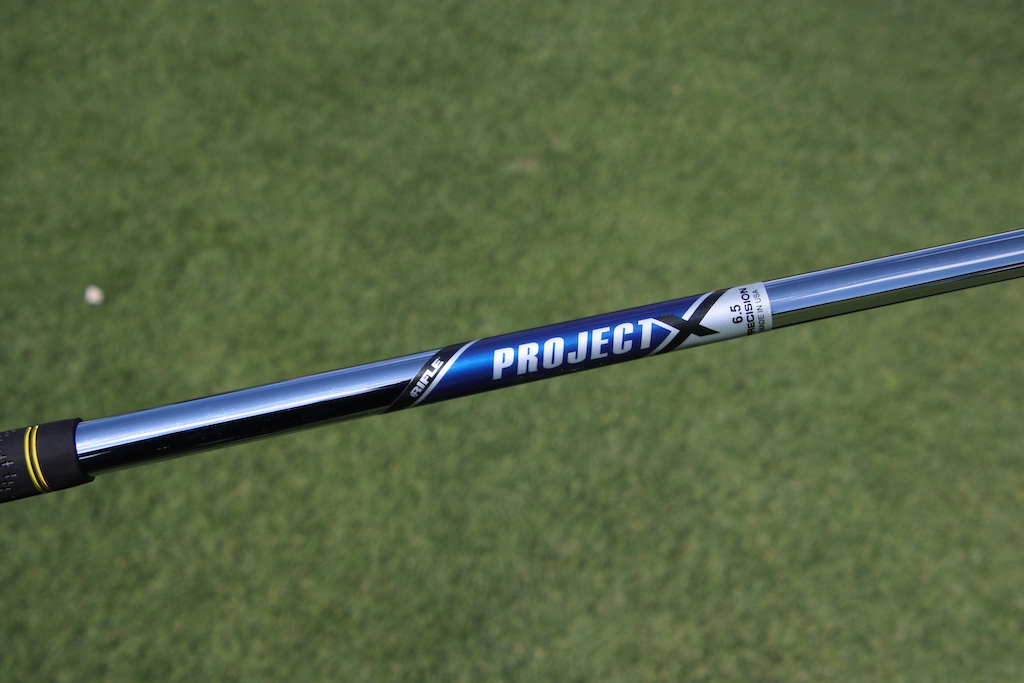
Wedges: Titleist Vokey SM8 (46-10F @55), Titleist Vokey SM10 (54-10S @53), Titleist Vokey SM4 (60 @59)
Shafts: True Temper Dynamic Gold X100 w/Sensicore
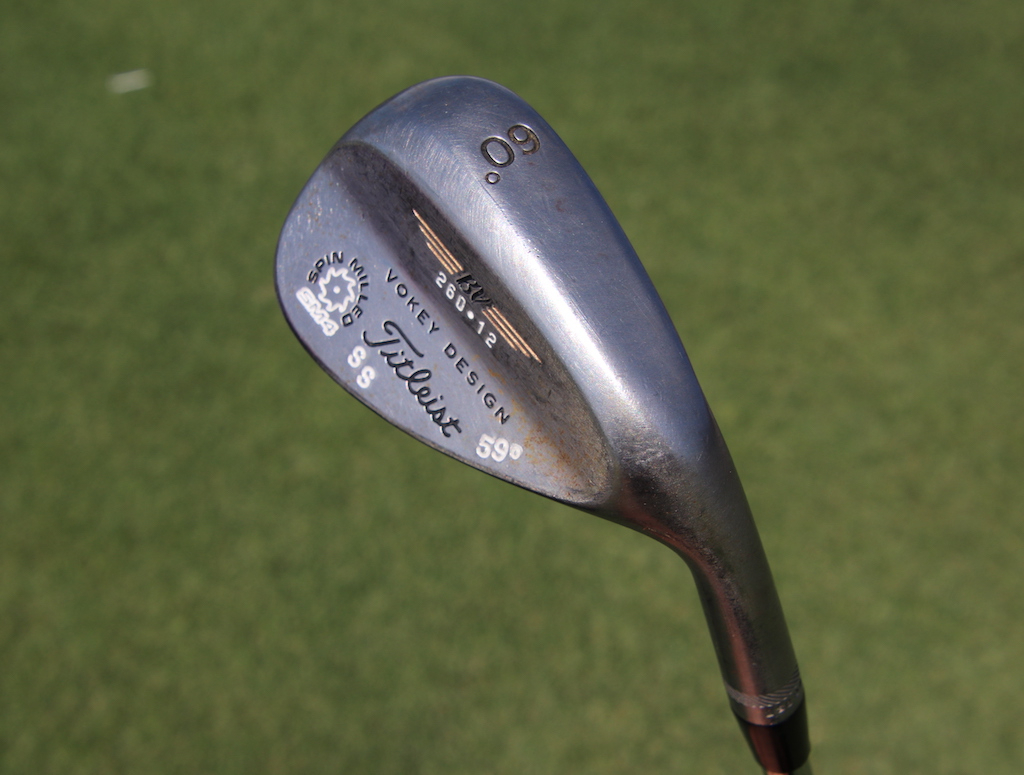
Putter: Odyssey White Hot No. 2
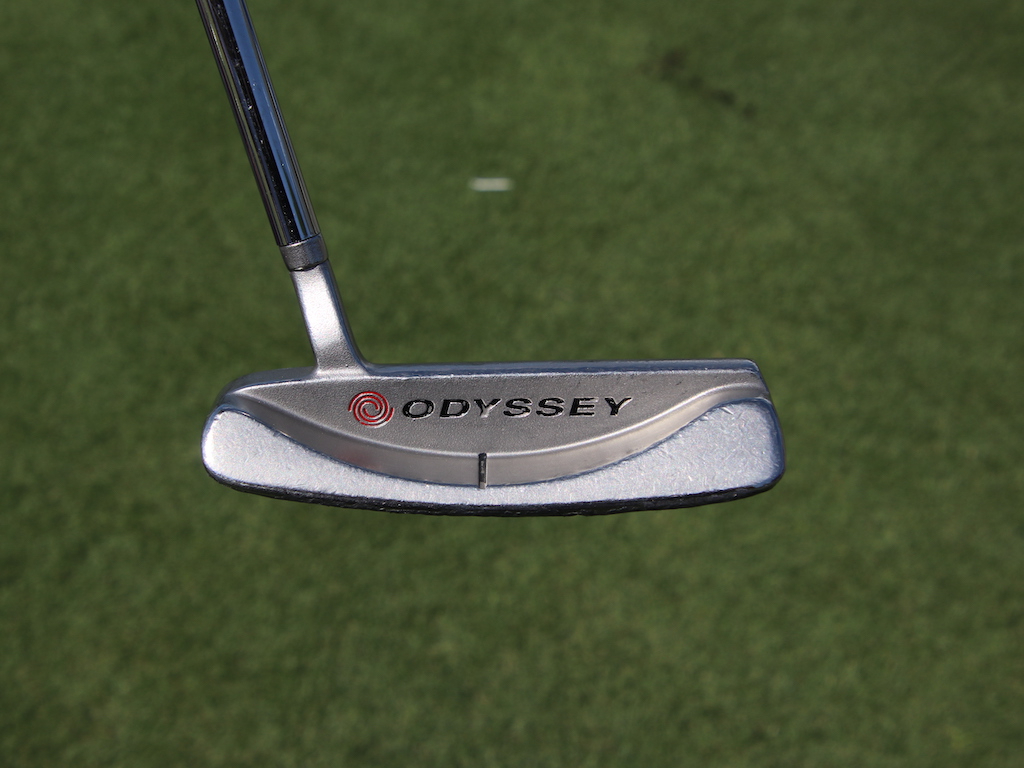
Ball: Titleist Pro V1x
Grips: Golf Pride Tour Velvet Grip Rite
Check out more in-hand photos of Steve Stricker’s clubs here.
- LIKE0
- LEGIT0
- WOW0
- LOL0
- IDHT1
- FLOP0
- OB0
- SHANK0
Whats in the Bag
Alex Fitzpatrick WITB 2024 (April)
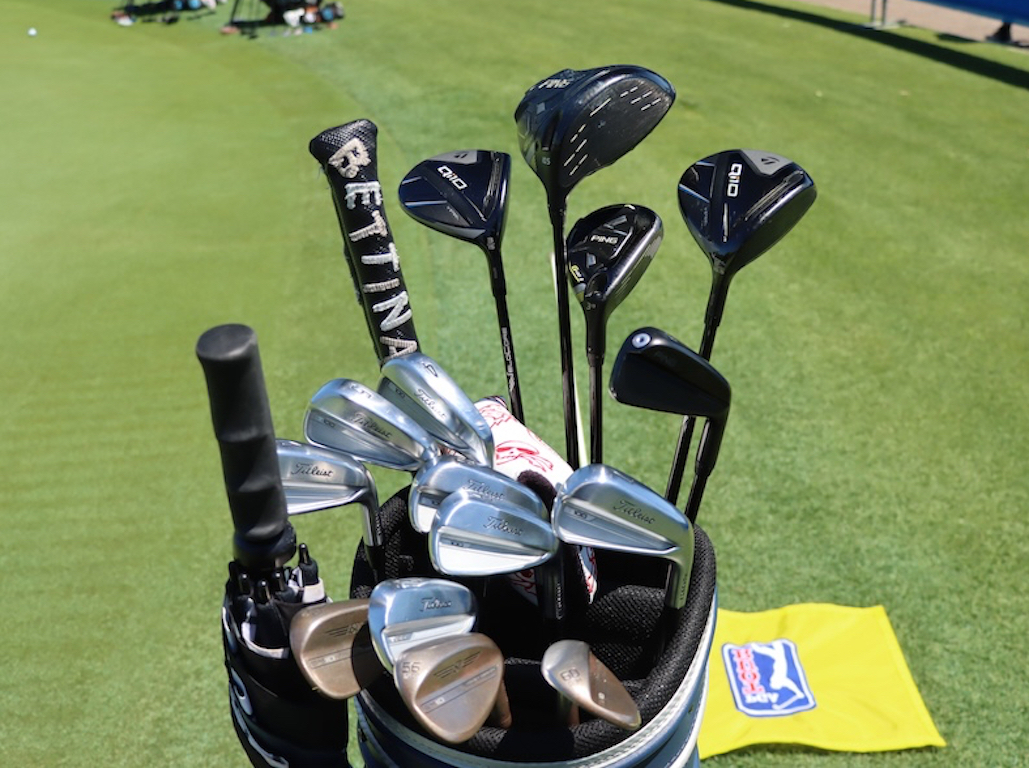
- Alex Fitzpatrick what’s in the bag accurate as of the Zurich Classic.
Driver: Ping G430 LST (10.5 degrees)
Shaft: Fujikura Ventus Black 6 X
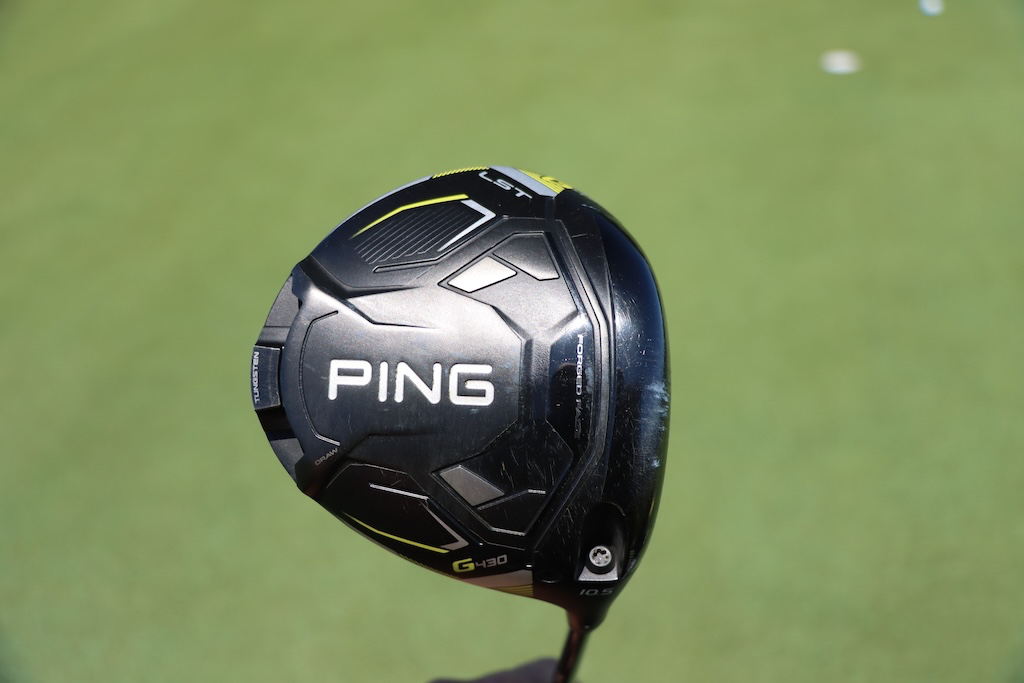
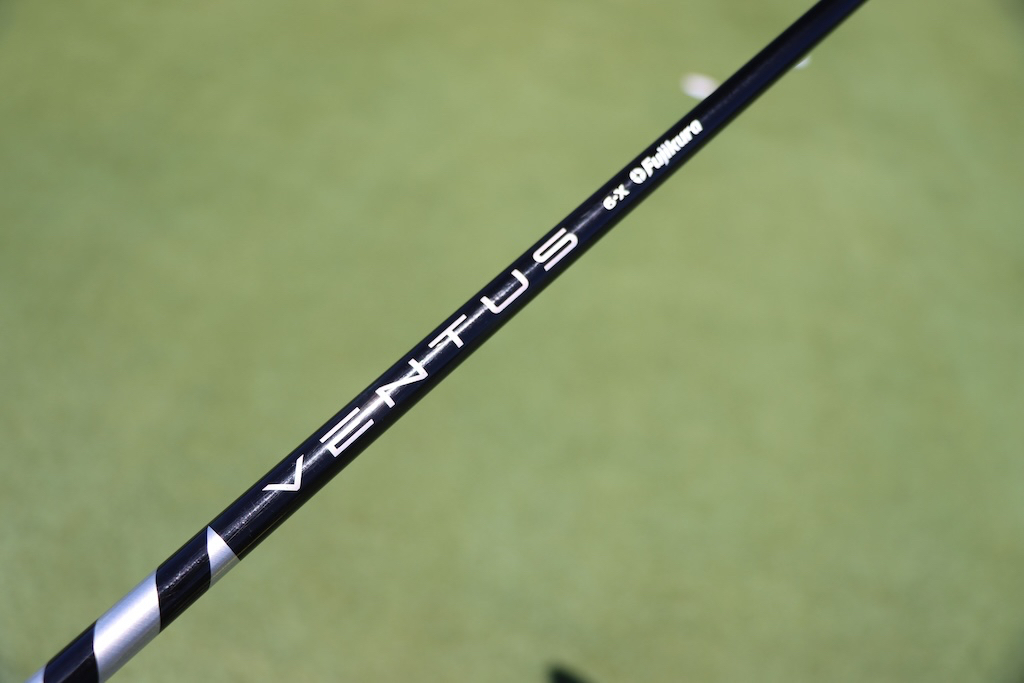
3-wood: TaylorMade Qi10 (15 degrees)
Shaft: Fujikura Ventus TR Black 7 X
Hybrid: Ping G430 (19 degrees)
Shaft: Fujikura Ventus Black HB 10 TX
Irons: Ping iCrossover (2), Titleist T100 (4-PW)
Shafts: Fujikura Ventus Black HB 9 TX (2), Nippon N.S. Pro Modus 3 Tour 120 X (4-9)
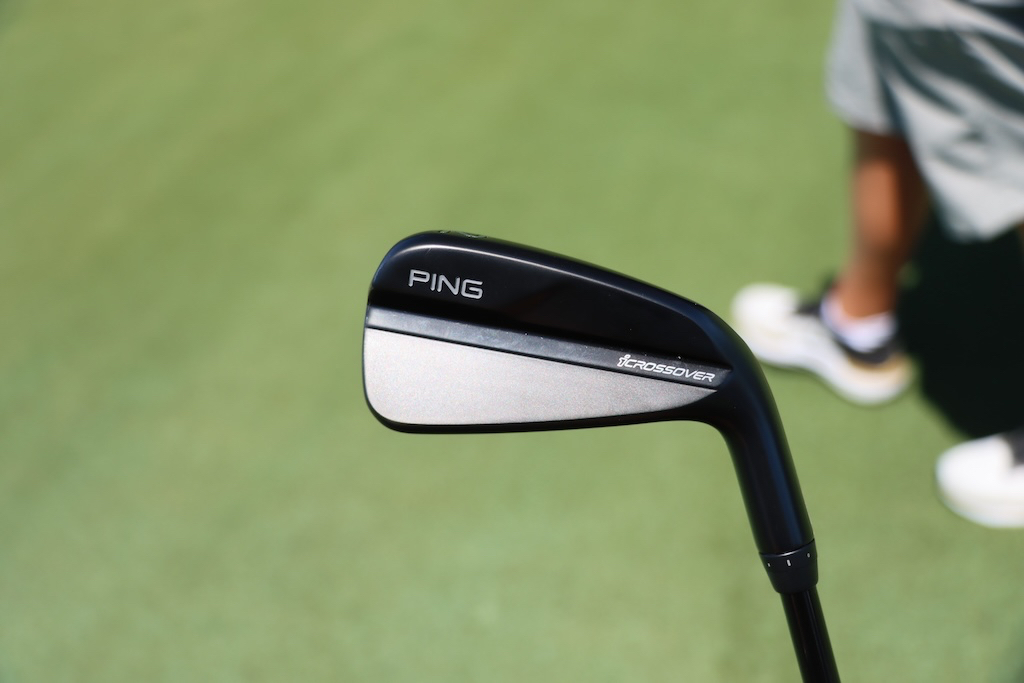
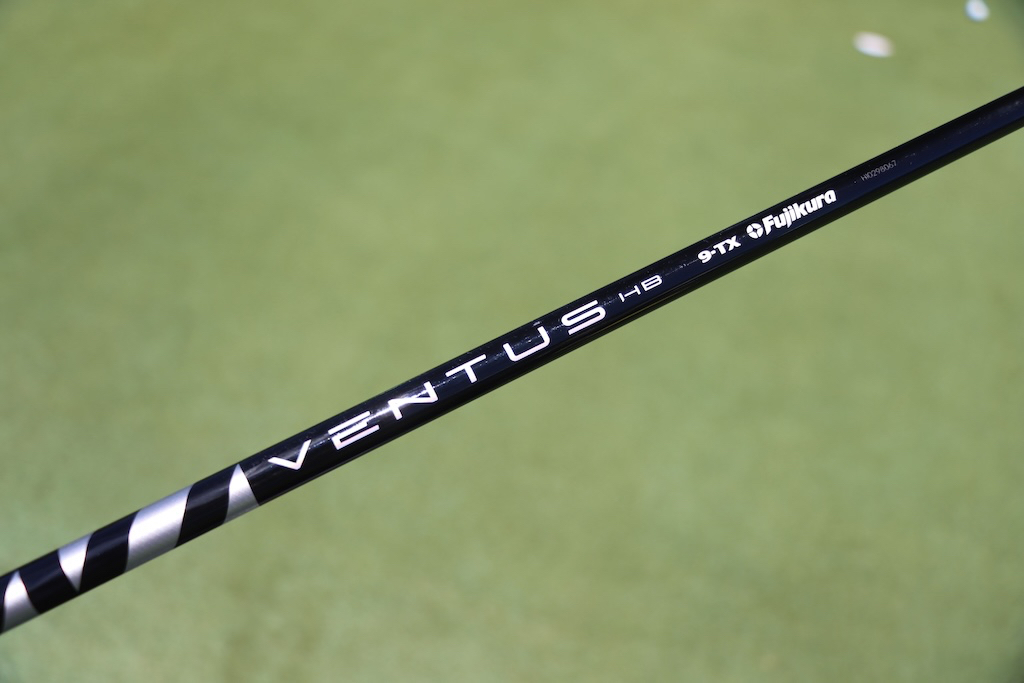
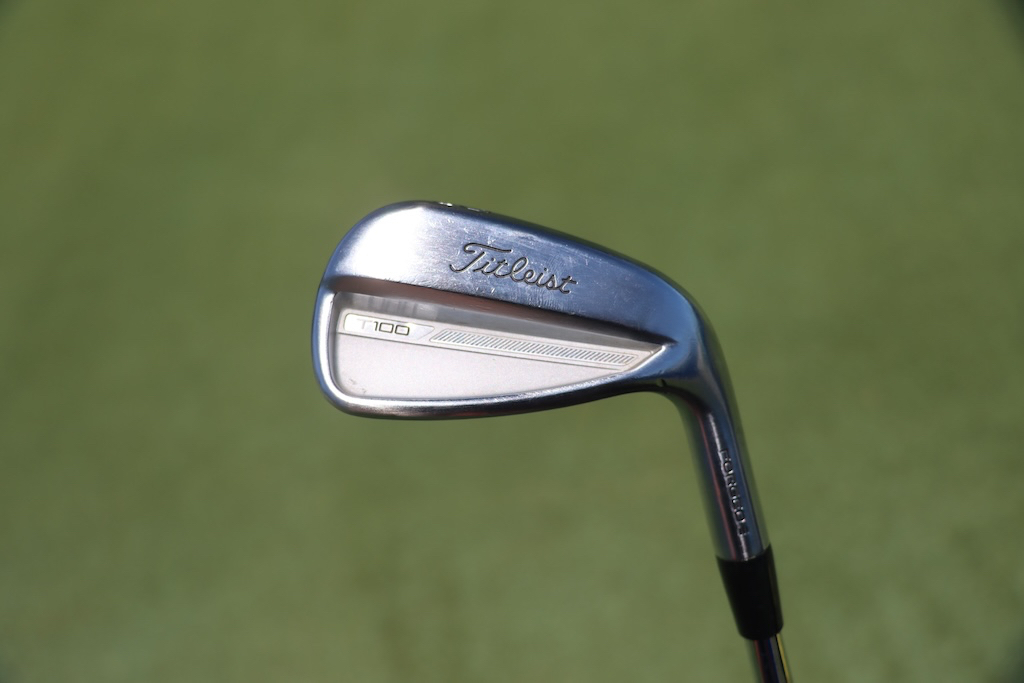
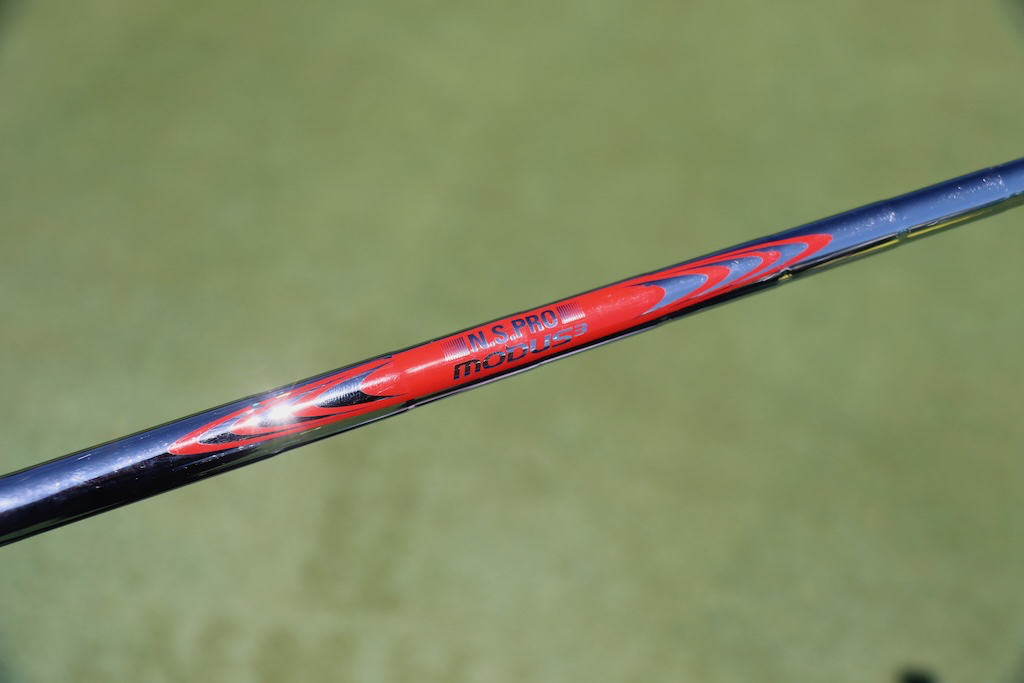
Wedges: Titleist Vokey Design SM10 (50-12F, 56-12D, 60-08M)
Shafts: Nippon N.S. Pro Modus 3 Tour 120 X
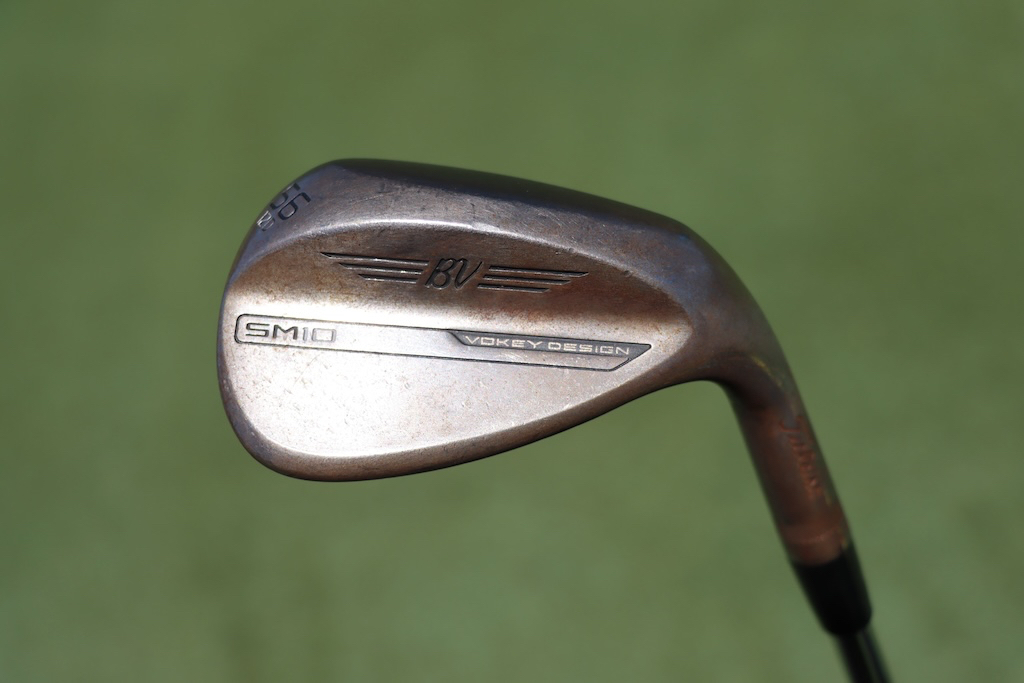
Putter: Bettinardi SS16 Dass
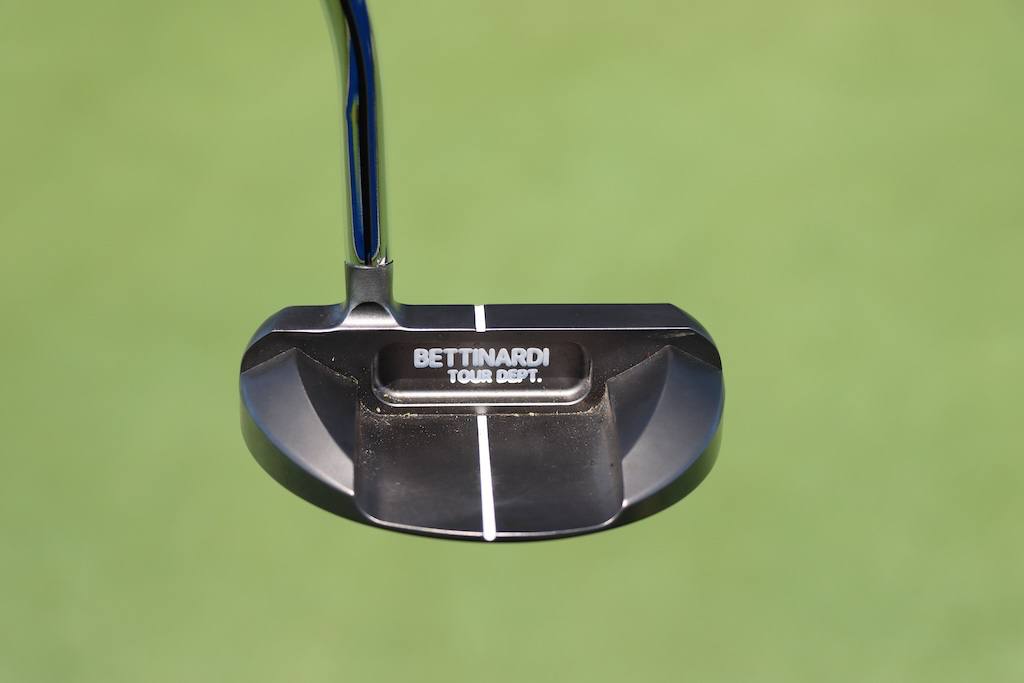
Grips: Golf Pride MCC
Check out more in-hand photos of Alex Fitzpatrick’s clubs here.
- LIKE1
- LEGIT0
- WOW0
- LOL0
- IDHT0
- FLOP0
- OB0
- SHANK0
Equipment
What’s the perfect mini-driver/shaft combo? – GolfWRXers discuss

In our forums, our members have been discussing Mini-Drivers and accompanying shafts. WRXer ‘JamesFisher1990’ is about to purchase a BRNR Mini and is torn on what shaft weight to use, and our members have been sharing their thoughts and set ups in our forum.
Here are a few posts from the thread, but make sure to check out the entire discussion and have your say at the link below.
- PARETO: “New BRNR at 13.5. Took it over to TXG (Club Champ but TXG will always rule) in Calgary for a fit. Took the head down to 12, stuck in a Graphite Design AD at 3 wood length and 60g. Presto- numbers that rivaled my G430Max but with waaaaay tighter dispersion. Win.”
- driveandputtmachine: “Still playing a MIni 300. The head was only 208, so I ordered a heavier weight and play it at 3 wood length. I am playing a Ventus Red 70. I play 70 grams in my fairways. I use it mainly to hit draws off the tee. When I combine me, a driver, and trying to hit a draw it does not work out well most of the time. So the MIni is for that. As an aside, I have not hit the newest BRNR, but the previous model wasn’t great off the deck. The 300 Mini is very good off the deck.”
- JAM01: “Ok, just put the BRNR in the bag along side a QI10 max and a QI10 3 wood. A load of top end redundancy. But, I have several holes at my two home courses where the flight and accuracy of the mini driver helps immensely. Mine is stock Proforce 65 at 13.5, I could see a heavier shaft, but to normal flex, as a nice alternative.”
Entire Thread: “What’s the perfect Mini-Driver/Shaft combo? – GolfWRXers discuss”
- LIKE3
- LEGIT1
- WOW0
- LOL0
- IDHT0
- FLOP0
- OB0
- SHANK2
-

 19th Hole2 weeks ago
19th Hole2 weeks agoDave Portnoy places monstrous outright bet for the 2024 Masters
-

 19th Hole4 days ago
19th Hole4 days agoJustin Thomas on the equipment choice of Scottie Scheffler that he thinks is ‘weird’
-

 19th Hole2 weeks ago
19th Hole2 weeks agoTiger Woods arrives at 2024 Masters equipped with a putter that may surprise you
-

 19th Hole4 days ago
19th Hole4 days ago‘Absolutely crazy’ – Major champ lays into Patrick Cantlay over his decision on final hole of RBC Heritage
-

 19th Hole2 weeks ago
19th Hole2 weeks agoTwo star names reportedly blanked Jon Rahm all week at the Masters
-

 19th Hole1 week ago
19th Hole1 week agoReport: LIV Golf identifies latest star name they hope to sign to breakaway tour
-

 19th Hole2 weeks ago
19th Hole2 weeks agoNeal Shipley presser ends in awkward fashion after reporter claims Tiger handed him note on 8th fairway
-

 19th Hole1 week ago
19th Hole1 week agoBrandel Chamblee has ‘no doubt’ who started the McIlroy/LIV rumor and why

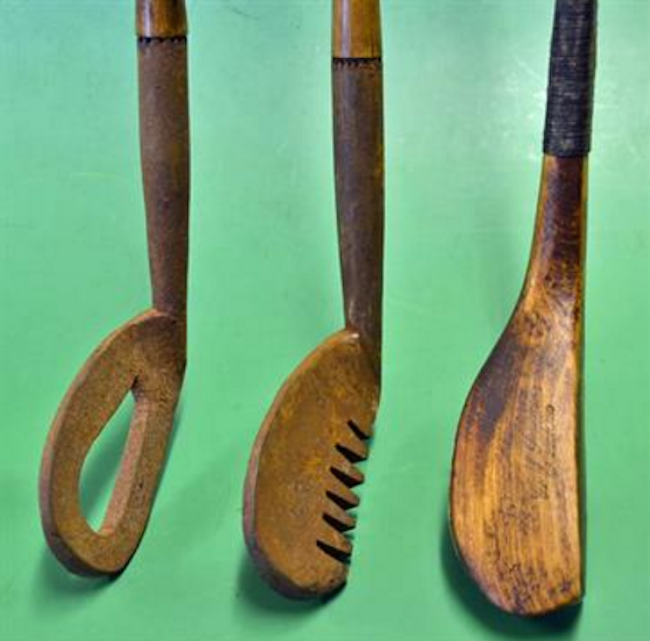
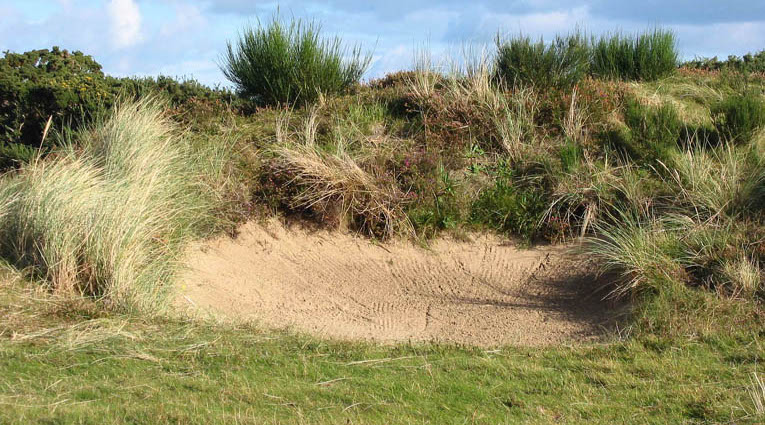
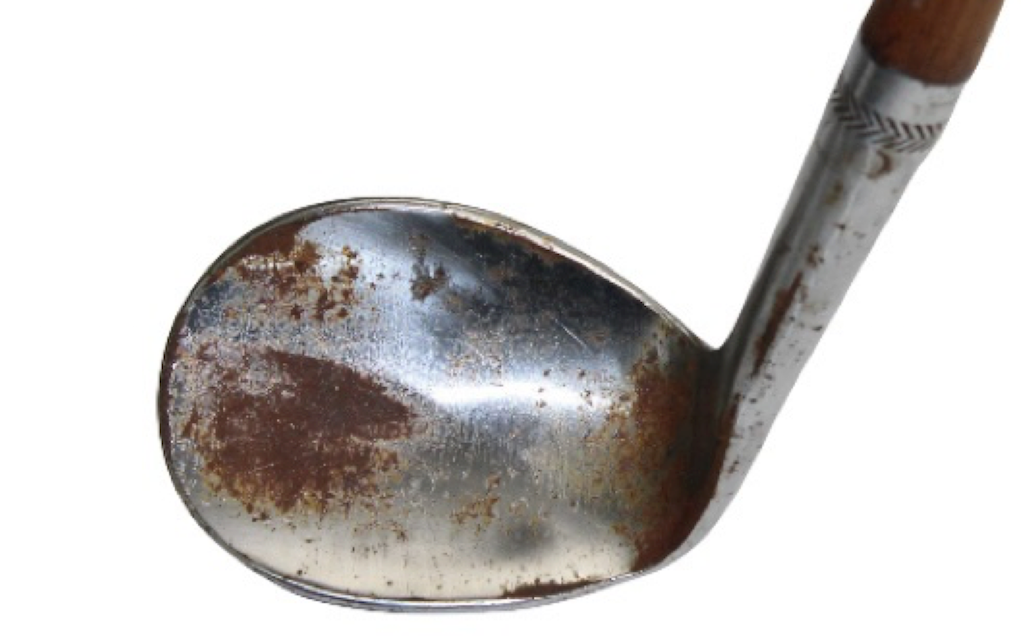


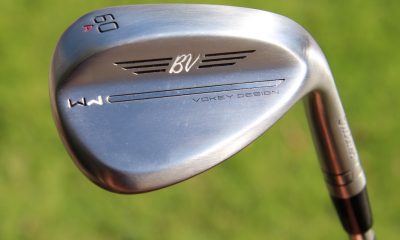

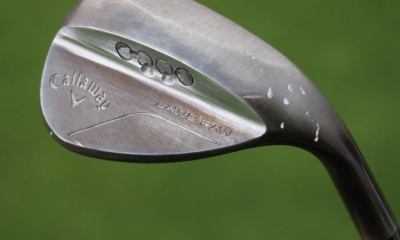

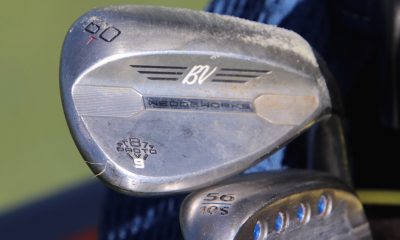

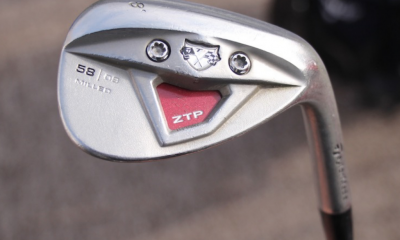

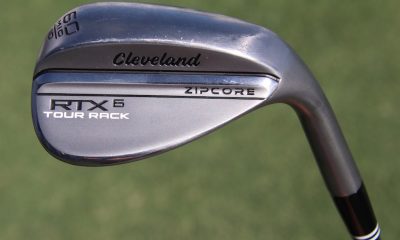

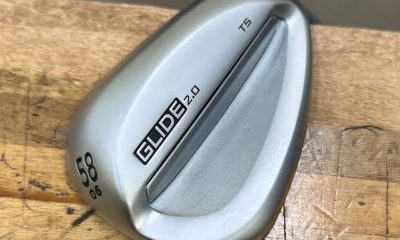














Greg V
Aug 15, 2016 at 12:49 pm
Eugenio Saraceni – who is this violin player of which you speak?
Flavastalloni
Aug 14, 2016 at 9:51 pm
Tom Morris Junior perfected the rutclub shot from off the green which won him his Opens
Pe
Aug 14, 2016 at 2:35 am
I also have this recurring nightmare that while I play a links course in Scotland in the brutal winds and I go to take a pee in the gorse bush, the wind would blow so hard the pee would splash up and hit me in the face